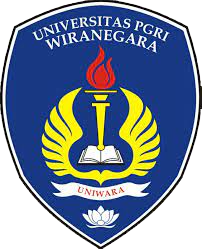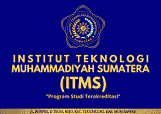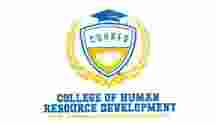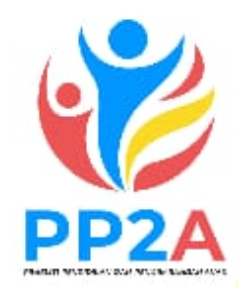Student learning outcomes will "improve" when using counting box media. How significant is the impact of this media?
Keywords:
Counting Box, Islamic Character, Learning Media, Madrasah IbtidaiyahAbstract
The challenges of 21st-century education require students to be proficient in learning, digitally literate and have a strong character. As the learning process is still teacher-centered, with the lecture method predominating, students require additional motivation. When delivering educational content, students must demonstrate zeal and pose more questions. Counting box media is anticipated to be a substitute for instilling character through problems that students must be able to solve when learning mathematics counting. The author attempted to implement counting box media to enhance the mathematics learning outcomes of MI students because it aids and facilitates counting. The counting box learning media is a box made of thick cardboard with essential tools and materials added to it. This study utilized the experimental design method with a Pretest-Posttest Control design and Cluster Random Sampling technique. The data collection method utilized in this study is learning outcomes exams. For processing data with SPSS 16. Tests hypotheses using the Paired Samples Test. This investigation yielded exciting findings. In addition to influencing student learning outcomes, counting box media can also help instill character in madrasa students. The characteristics and characteristics of these characters will be discussed in this article.

 Yayasan Assyfa Learning Centre Pasuruan, Indonesia
Yayasan Assyfa Learning Centre Pasuruan, Indonesia
 Dhaka University, Hajiganj Degree College, Bangladesh
Dhaka University, Hajiganj Degree College, Bangladesh
















